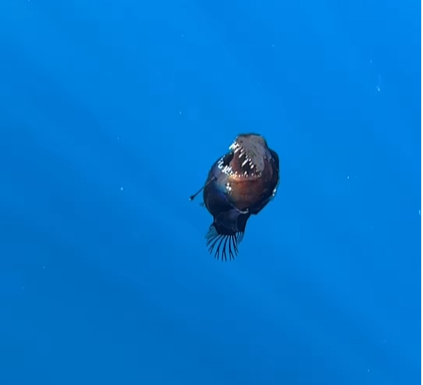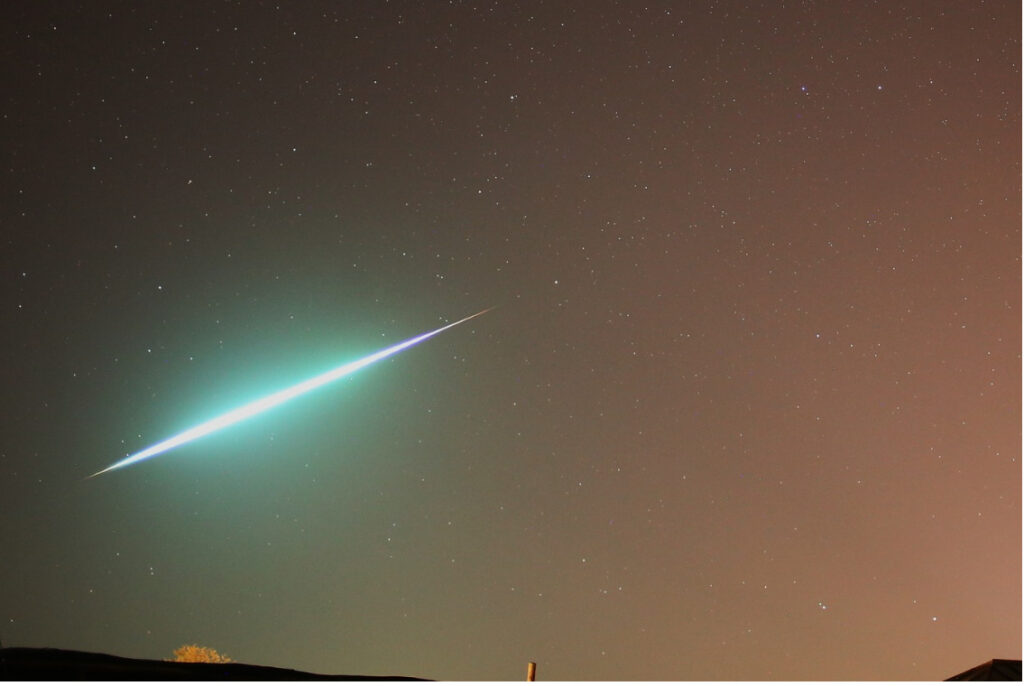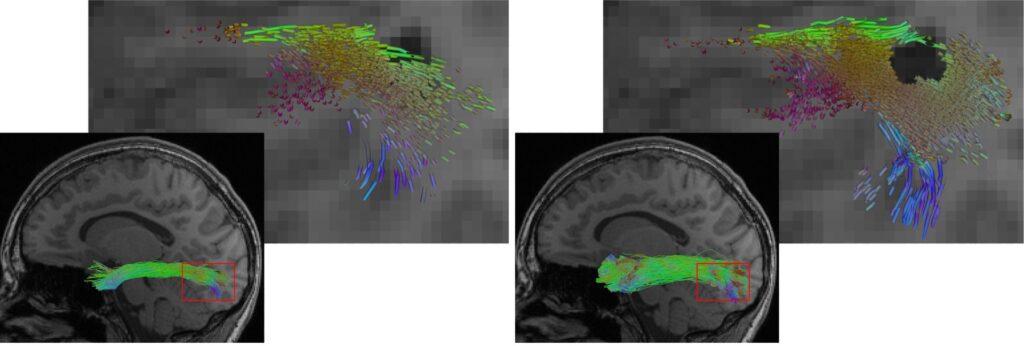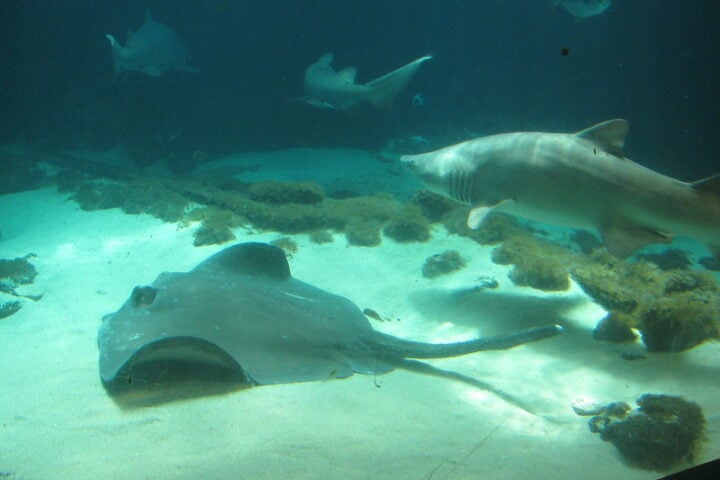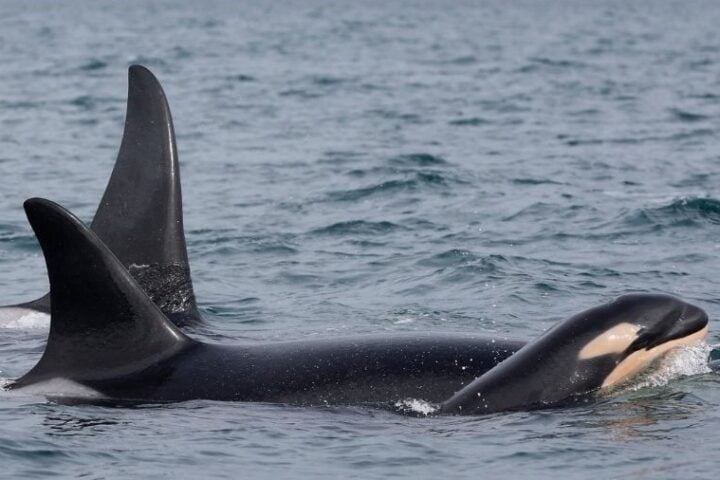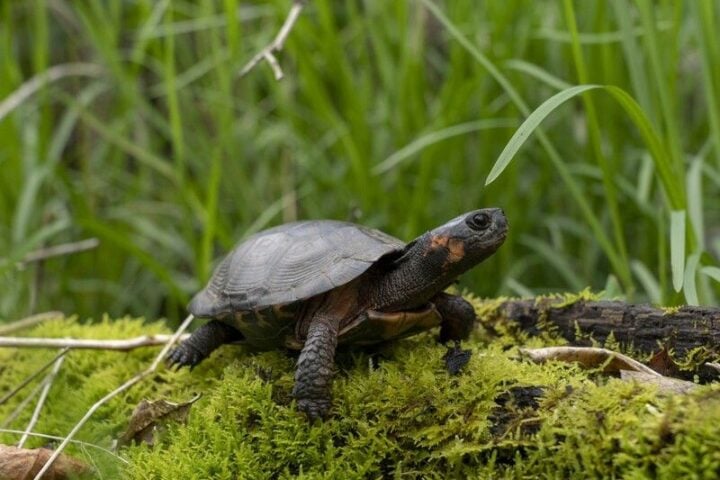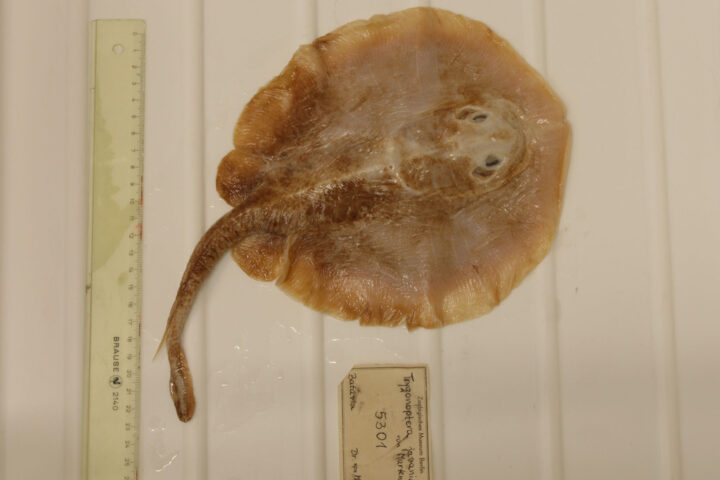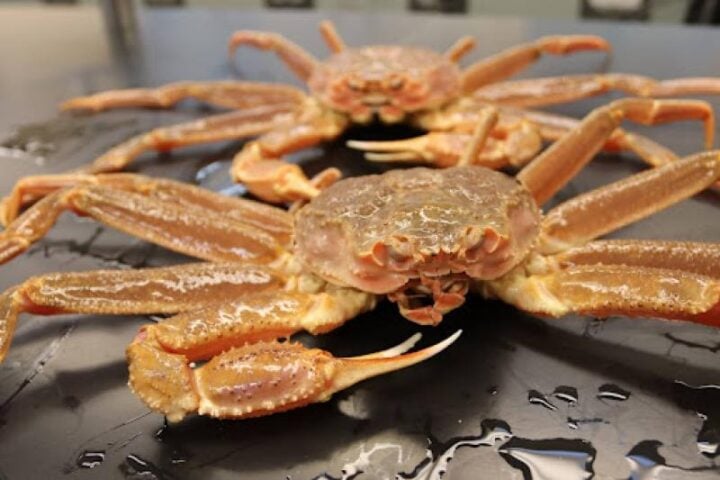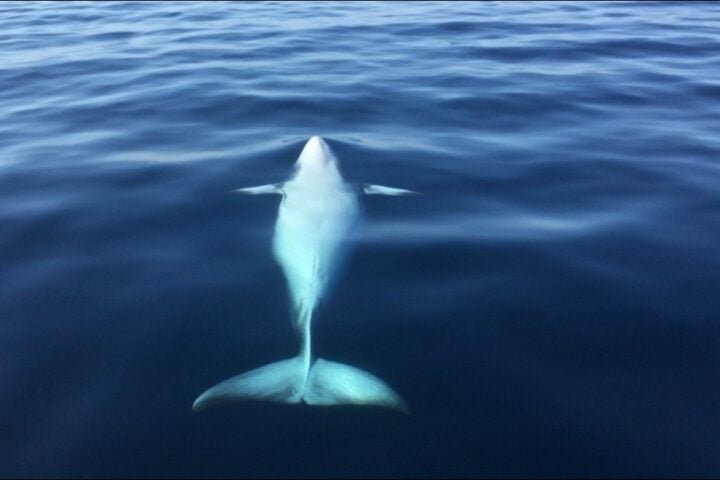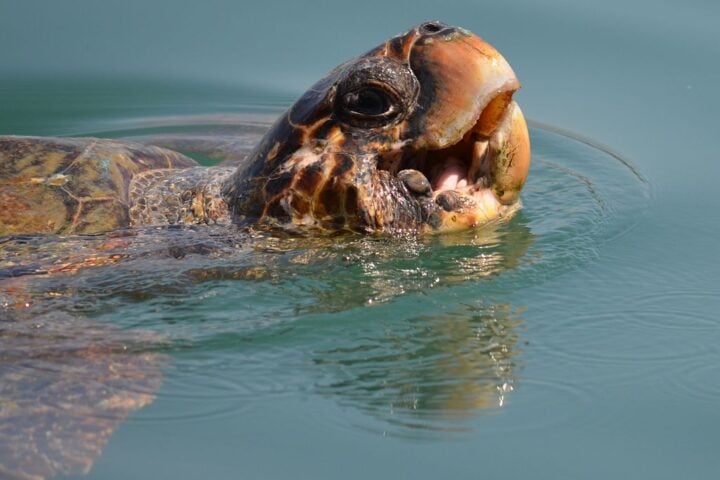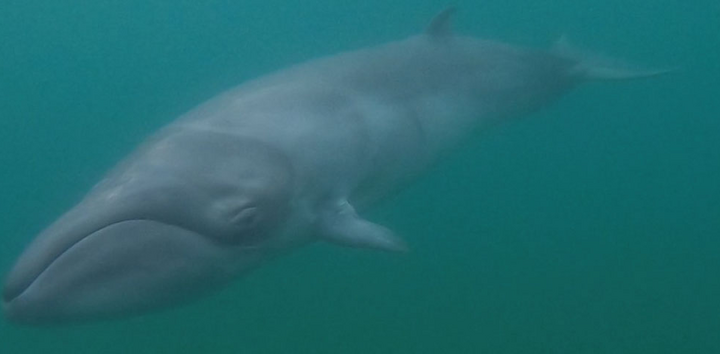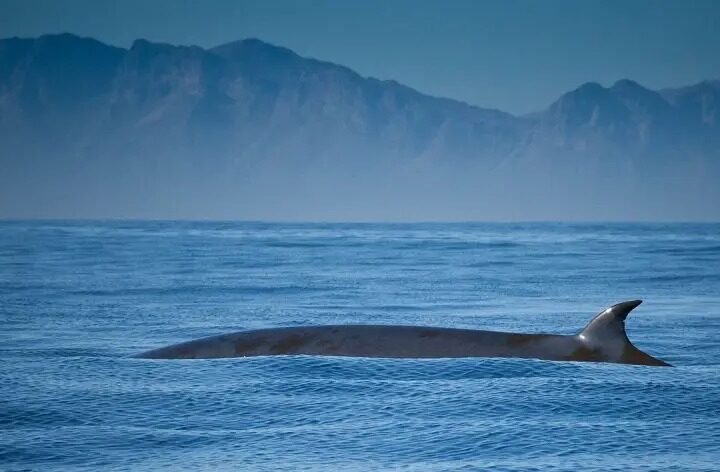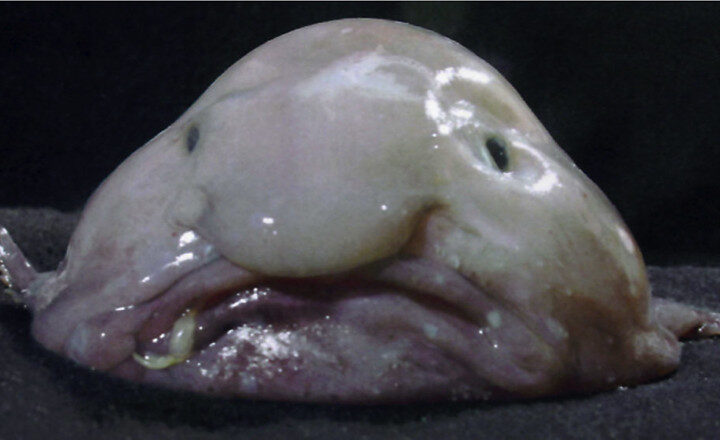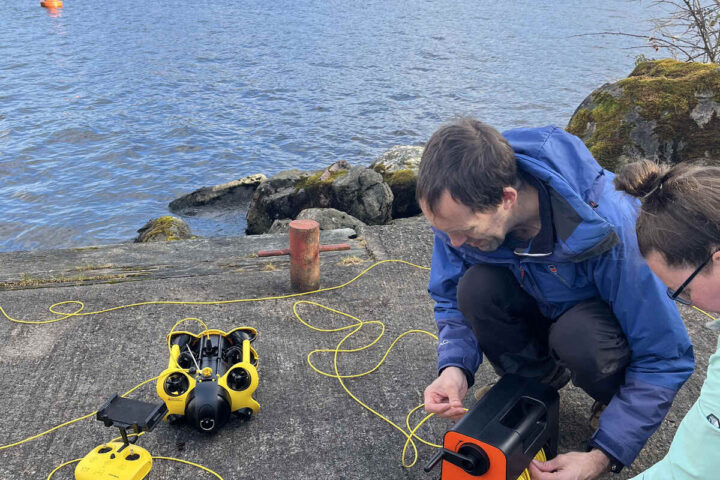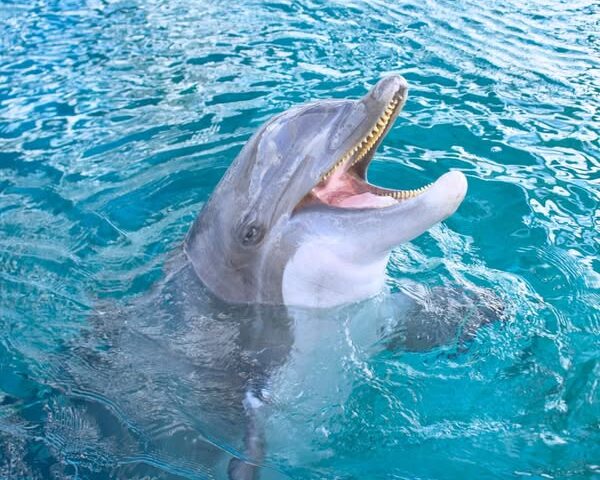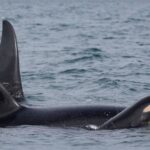Think of swimming in the ocean and meeting a fish that normally lives in the darkest depths, where sunlight can’t reach. That’s exactly what happened off the Spanish coast of Tenerife this January, when a black devilfish appeared near the surface— something so rare it’s never been recorded before.
Marine biologist Laia Valor spotted the unusual visitor on January 26, 2025, while studying sharks near San Juan Beach. “It is a very rare and unusual sighting. We can’t say that it never happens, but this might be the first time it has been recorded like this,” she explains.
The black devilfish hunts using nature’s version of a fishing rod—a small glowing stem on its head. Just as people use glow sticks to attract attention in the dark, this fish uses light-producing bacteria in its stem to lure prey in the pitch-black deep ocean, usually 200 to 2,000 meters below the surface.
Marine photographer David Jara captured the historic moment on camera. Until now, scientists have only found dead ones, babies, or submarine footage of these fish. This sighting marks the first time an adult black devilfish has been documented alive in shallow waters.
When found, the fish was already struggling and lived only a few hours in the shallow waters. Researchers quickly moved it to Tenerife’s Museum of Nature and Archaeology, where scientists could study it to understand better why it had left its deep-water home. They think it might have been sick, caught in strong currents, or running from bigger predators—much like how any creature might leave its natural habitat when in distress.
Similar Posts
This discovery matters because it helps scientists understand how deep-sea creatures might behave when they venture out of their comfort zone. Each unexpected appearance like this adds valuable information about life in the deep ocean.
The black devilfish lives in warm waters around the world first spotted near Madeira. While these creatures typically remain hidden in the ocean’s depths, this rare sighting reminds us that the sea still holds many secrets, even in well-studied areas like the Canary Islands.
Researchers at NGO Condrik-Tenerife continue monitoring these waters, knowing that every unusual sighting adds another piece to the puzzle of understanding ocean life. This black devil fish, though far from its deep-sea home, has given scientists a rare glimpse into the mysteries of the deep.
